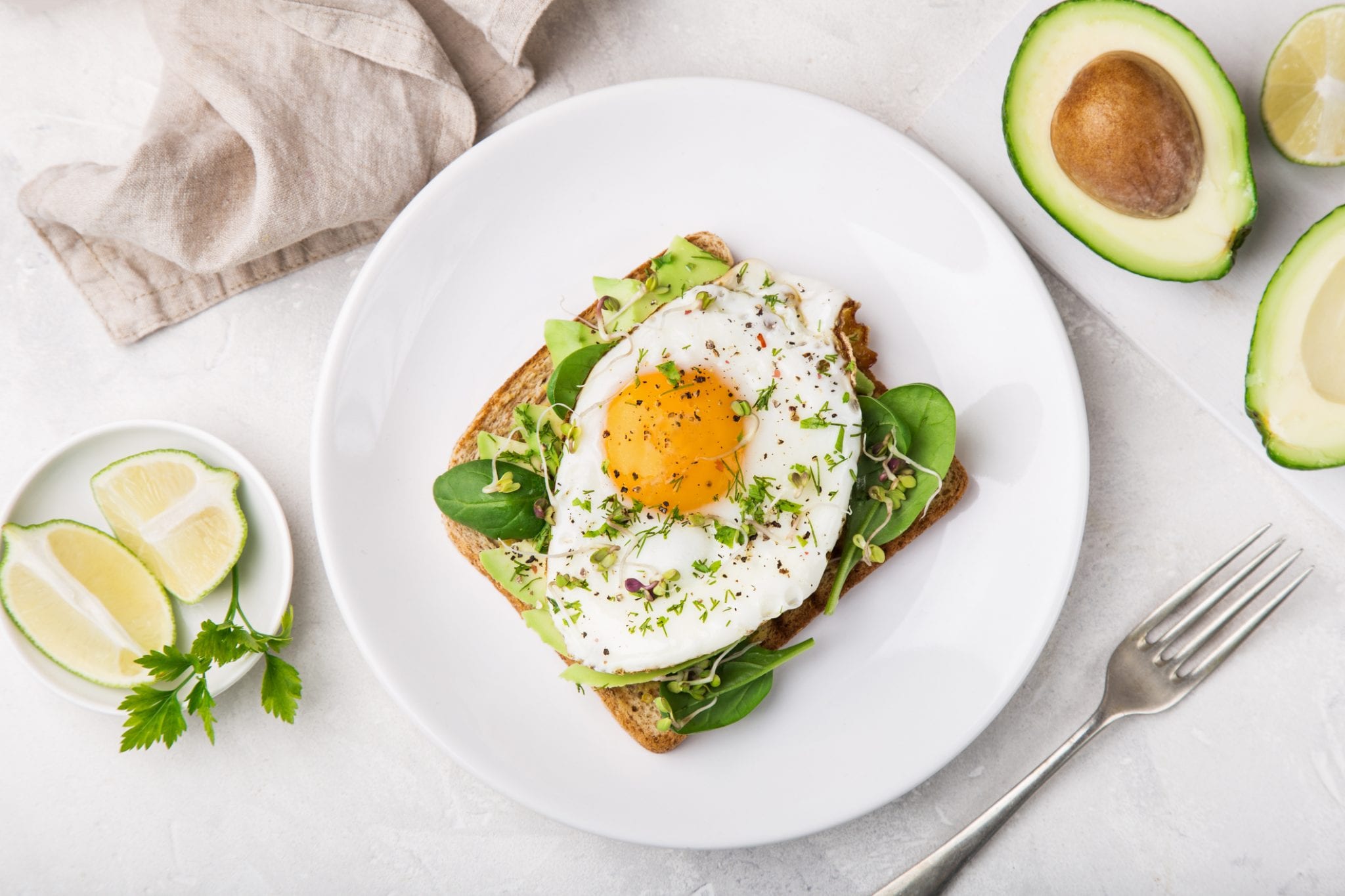Blog
You Might Also Want to Read
Here’s How Vegans Affect your Restaurant
Visualize this: a group of five friends, one who is vegan. The group is debating which new restaurant they should try. Chances are, they’ll decide on a restaurant that has vegan options (if they’re decent friends). And there you have it, vegan selections have become the deciding factor for new business. Keeping Up with the Vegans Keeping up with trends is vital in every industry, but especially in the fast-paced, survival-of-the-most-mouthwatering, restaurant business. To understand the latest trends, you must listen to your guests’ needs. Gaining feedback can be simple, but using it is another story. For many chefs, it’s…
Alfred Goldberg October 25, 2018 (Updated on February 6, 2024)- 2 min read
Visualize this: a group of five friends, one who is vegan. The group is debating which new restaurant they should try. Chances are, they’ll decide on a restaurant that has vegan options (if they’re decent friends). And there you have it, vegan selections have become the deciding factor for new business.
Keeping Up with the Vegans
Keeping up with trends is vital in every industry, but especially in the fast-paced, survival-of-the-most-mouthwatering, restaurant business. To understand the latest trends, you must listen to your guests’ needs. Gaining feedback can be simple, but using it is another story. For many chefs, it’s difficult to alter menu items based on other’s opinions. This is especially true when it comes to the vegan customer. You may not love vegan dishes, but your business will benefit from being vegan-friendly. The cliché is correct: the (vegan) customer is always right.
According to a 2017 report by GlobalData, “six percent of the U.S. population identifies as vegan, compared to one percent in 2014.” This 500% increase is no coincidence. Individuals ranging from 18 to 80 are choosing a vegan or vegetarian diet, also known as plant-based diets. (Although referred to as diets, which are often viewed as temporary, vegetarian and vegan diets are almost always long-term, lifestyle choices). These lifestyle choices are mainly due to economic, environmental, and health-related factors, but that’s another blog.
Interestingly enough, many people can’t differentiate between a vegan and a vegetarian diet. So first and foremost, we must get these diets straight.
Seeing Through the Confusion
Vegetarianism:

A vegetarian breakfast
A diet containing no meat…at all. No red meat, chicken, turkey, or pork. Vegetarians don’t even eat fish unless they consider themselves a pescatarian. They will, however, eat eggs, butter, and other dairy products.
Veganism:

Almond milk
For example, The Impossible Burger has taken the nation by storm. 190 restaurants in Florida have the plant-based burger on their menu as well as 3,000+ restaurants across the U.S, Hong Kong, and Macau. Impossible Foods continues to partner with restaurants and fast food chains as everyone catches on to the profit potential.
Now that we’re clear on the two plant-based diets and their significance, we can begin to understand how restaurants must alter their dishes to cater to these customers…and why they should. In a city that’s full of restaurants, it has become increasingly difficult to thrive. Offering a variety of menu options for every audience is key to remaining popular and profitable.
Getting Your Menu Right
If your only vegan options include a side of broccoli and a cup of mushroom soup, you’re doing it wrong. You’ll need at least one or two vegan entree options. Consider creating a smaller, vegan/vegetarian menu to make plant-based diners feel welcome. If you don’t want to dedicate precious menu space to solely vegan meals, give options that are modifiable. Plant-based burgers (like The Impossible Burger) are good vegan substitutes for any meat-based dish, just be conscious to use olive oil instead of butter when cooking.
Your menu doesn’t have to go entirely from grass-fed beef to grass itself, but versatility is an enormous factor in customer acquisition and retention. Just because you don’t enjoy vegan dishes doesn’t mean they won’t benefit your brand and bottom line.
If you want to stay in the know, sign up for our E-newsletter. If you want assistance crafting or promoting a vegan-friendly menu, contact us at Absolute Marketing Solutions.
October 25, 2018 - 2 min read
